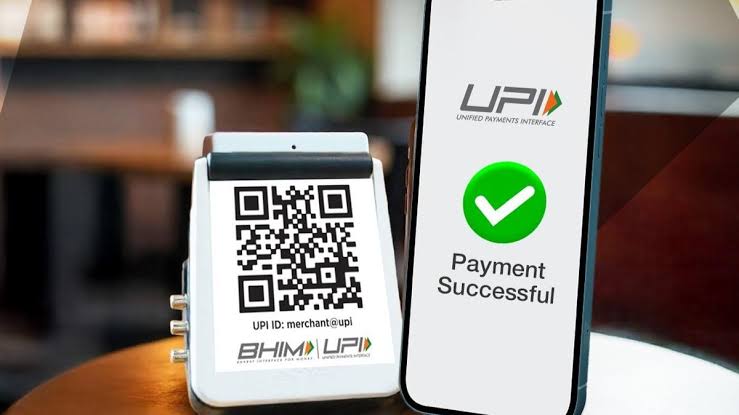India is playing a leading role in the world of digital payments, and now another big change may be on the way. Very soon, UPI transactions in the country may no longer require entering a PIN. Instead, biometric verification such as fingerprints, Face ID, or iris scans will be used to authenticate payments. NPCI is working on this new technology, and it may be launched for general users in the future.
This step will especially benefit users who find it difficult to remember UPI PINs or those who are less digitally literate. Biometric payments will also help reduce fraud to a large extent because the system will be based on unique biometric data.
How will biometric payment work?
According to Business Standard, under this system, users will no longer need to enter a PIN for UPI payments. Instead, they will be able to make payments using biometric identification like a fingerprint, face scan, or iris scan. This feature is expected to be particularly helpful for those who have trouble remembering their PIN or are not very familiar with digital technology.
The payment process may work like this:
- After scanning the QR code, instead of entering a PIN, an option for biometric verification will appear.
- Once verified using a fingerprint scanner or the phone’s Face ID, the payment will be automatically confirmed.
A direct link between Aadhaar and NPCI will make this process possible, ensuring that transactions remain both secure and convenient.
Also Read: UPI Transaction Limit Increased: Check Updated UPI and UPI Lite Limits for Various Payment Types
Safety and Security
Biometric-based payment systems are considered secure because they directly link a user’s personal data (such as fingerprints or facial details) to UPI transactions. This makes it almost impossible for someone else to make a payment on behalf of the user.
However, some cyber experts have also highlighted the potential risk of biometric data leaks. To address this, the government and NPCI are already working on robust security measures. All biometric data will be stored in encrypted form and cannot be accessed without the user’s consent.

